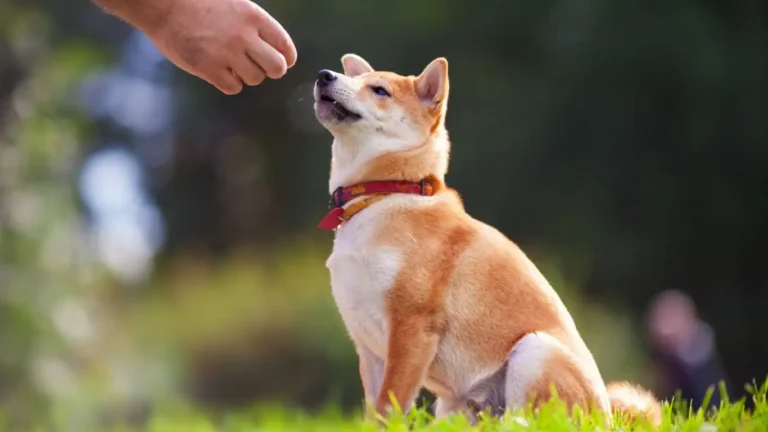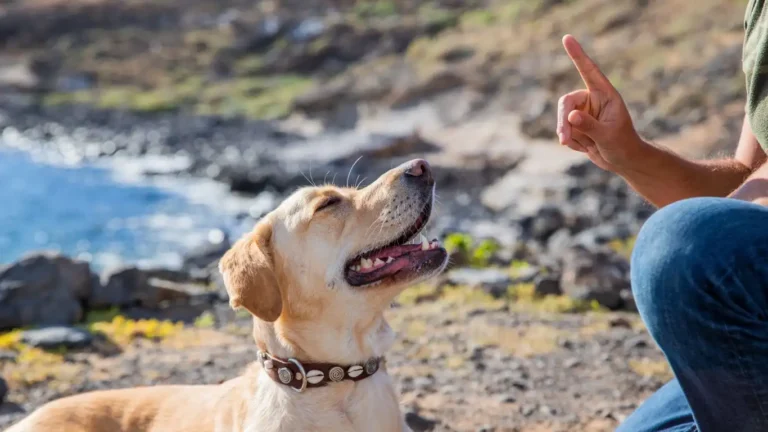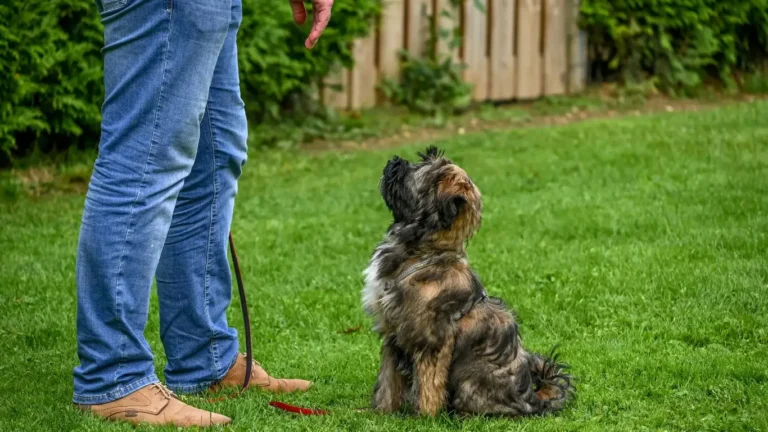Easy Ways to Train Your Dog to Ride Safely on Public Transit
Taking your dog on public transportation can be a great way to get around, especially in busy cities. Whether you rely on buses, trains, or subways, having your dog ride calmly and safely by your side makes daily travel less stressful for both of you. With the right training and preparation, most dogs can learn to become confident public transit riders.
Understanding Your Dog’s Senses and Stress
Dogs experience the world differently than humans. Their hearing is much more sensitive, and their sense of smell is about 10,000 times stronger than ours. These traits help them explore the world, but they can also make noisy, crowded places like buses or subway cars overwhelming.
Public transit can be a sensory overload for dogs. The loud engines, sudden movements, strong smells, and tight spaces may cause fear, stress, or confusion. That’s why understanding your dog’s natural reactions is key to helping them adjust safely.
Every dog is unique. Some are naturally calm and curious, while others are nervous or reactive in new situations. Learning how your dog reacts to unfamiliar environments helps you know where to start training and what to watch for along the way.
How It Works: Helping Dogs Feel Safe on Transit
Training a dog to ride public transit safely starts with trust and comfort. Dogs need to feel secure with their human and confident in their surroundings. The process involves slowly introducing new experiences and using positive reinforcement to build good associations.
It’s important to teach your dog to stay calm and behave in a controlled manner, especially around strangers or other animals. This helps keep everyone on board safe and prevents accidents or disruptions.
Think of it like teaching a child how to behave in a busy place. You start small, offer rewards for good behavior, and patiently guide them through each step until it becomes routine.
Common Challenges When Riding Transit With a Dog
- Anxiety: Some dogs may panic or shake when exposed to loud noises or sudden movements.
- Barking: A dog might bark at strangers or unfamiliar smells, which can disturb other passengers.
- Motion sickness: Just like people, some dogs get queasy when riding in moving vehicles.
- Reactivity: A dog that lunges or growls at other dogs or people may pose safety risks.
- Restlessness: Dogs that can’t sit still may become a tripping hazard or try to escape.
These challenges are common and can often be managed with the right training and preparation. If your dog struggles with any of these issues, there are ways to work through them gently and gradually.
Step-by-Step: How to Train Your Dog for Public Transit
Here’s a simple guide to help you and your dog get ready to ride:
- Start with basic obedience: Make sure your dog knows how to sit, stay, come, and walk on a leash. These commands are the foundation for public behavior.
- Get your dog comfortable in a carrier or harness: If required by your transit system, your dog should be able to sit calmly in a crate or wear a secure travel harness.
- Practice near bus stops or train stations: Begin training where your dog can hear the sounds and see the movement from a safe distance.
- Use short, quiet trips: Start with short rides during non-peak hours when the bus or train is less crowded.
- Bring treats and praise: Reward calm behavior to help your dog form positive connections with riding.
- Socialize your dog: Get them used to seeing other people, wheelchairs, strollers, and other dogs.
- Watch for signs of stress: Look for shaking, whining, panting, or tucked tails, and take breaks if needed.
Training can take days or even weeks, depending on your dog’s personality and experience. Be patient, and celebrate small wins along the way.
Tips for Riding Safely and Politely
- Follow transit rules: Check local guidelines about pets. Some systems allow dogs only in carriers or during specific hours.
- Keep your dog close: Use a short leash to prevent your dog from wandering or blocking aisles.
- Be mindful of others: Not everyone is comfortable around dogs. Help your dog stay calm and quiet.
- Use calming tools: Consider using anxiety wraps, calming collars, or vet-approved supplements if your dog gets nervous.
- Clean up after your pet: Always carry waste bags and cleaning wipes in case of accidents.
These small habits help make public transit safer and more pleasant for everyone, including your furry travel companion.
When to Seek Help From a Professional
If your dog shows ongoing signs of stress, aggression, or motion sickness, it may be time to talk to a veterinarian or certified dog trainer. Some issues may have medical causes or require specialized behavior training.
Here are signs your dog may need expert help:
- Frequent vomiting or drooling on transit
- Inability to stay calm despite repeated training
- Fear-based aggression or lunging at people or animals
- Excessive barking or howling
- Refusing to enter or stay in a carrier
Behavioral training or medication may be recommended in some cases. Always choose professionals with good reviews and credentials, such as certifications from the International Association of Animal Behavior Consultants (IAABC) or the American Veterinary Society of Animal Behavior (AVSAB).
It’s okay to ask for help. Many dogs need a little extra support to feel comfortable in busy environments.
The Bottom Line
Teaching your dog to ride safely on public transit takes time, consistency, and care. Start slowly, focus on positive experiences, and respect your dog’s comfort level. With the right training, most dogs can learn to be confident, calm, and courteous passengers.
If challenges arise, talk to a vet or dog trainer for guidance. Helping your dog travel safely isn’t just good for your peace of mind — it’s good for your pet’s health, too.






